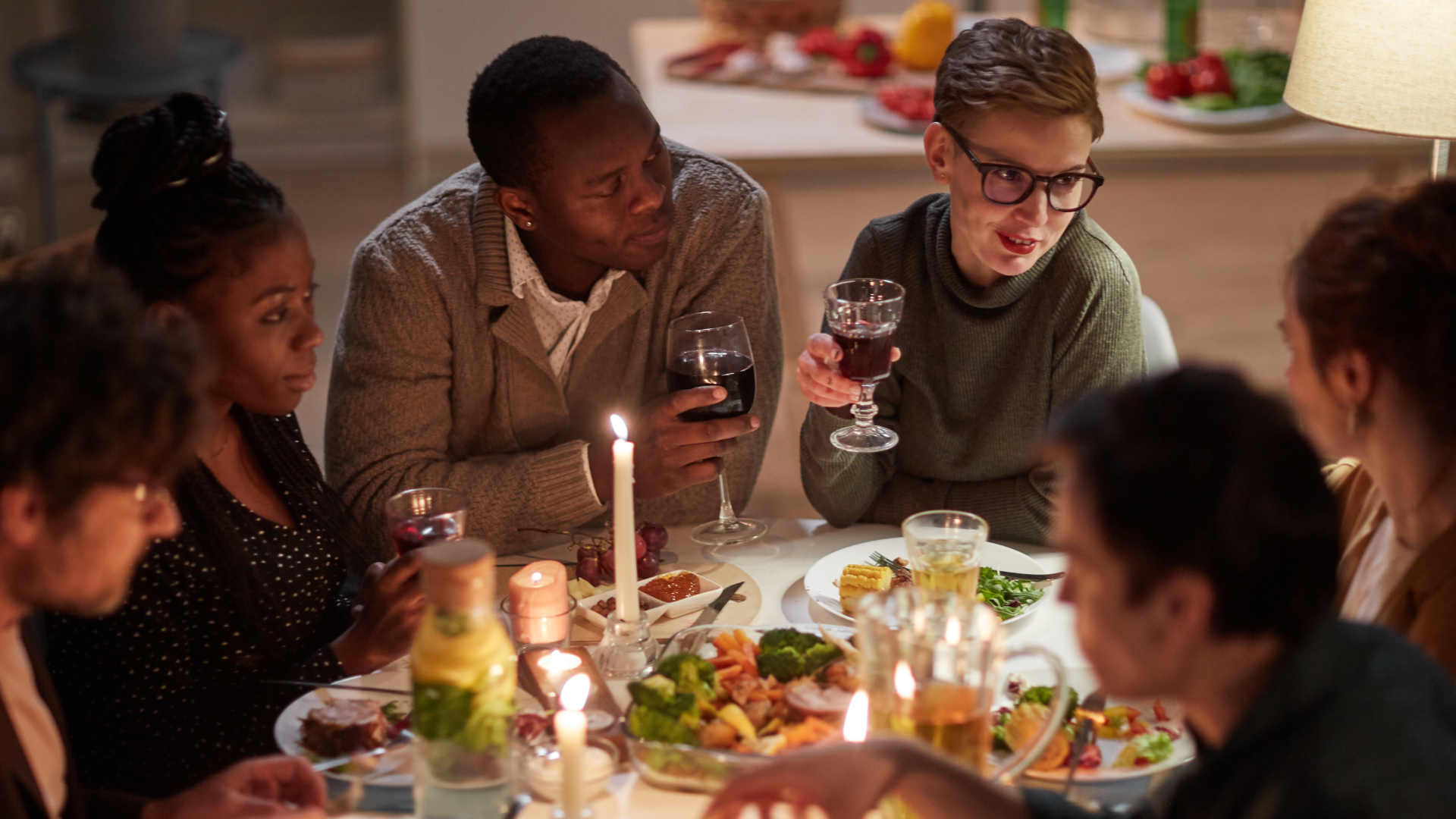Imagine walking into a coffee shop and everyone who was working on their laptop or looking at their phone was instead talking to another customer. Actually try it the next time you go to a cafe and then think about how different the atmosphere would seem.
We’re all very busy with important projects and emails, which is why we’re glued to our screens. Or, if we’re not actually all that busy, there now exist copious websites and apps to keep us entertained all the time so that we never have to sit quietly by ourselves or strike up conversations with our unknown neighbours.
Cafes are supposed to be places where people can get together. Originally, coffeehouses were where you would learn of news and gossip, but they also acted as settings for people to gather and explore ideas.
In Europe in the seventeenth and eighteenth centuries, coffeehouses were often used as meeting places for political groups and academics. People would get together to discuss new plays or poems, to debate political movements, and to read and critique each other’s work.
Writers like Voltaire, de Saussure, and Dryden went to coffeehouses and sat at the long, communal tables that were typically strewn with posters and newspapers and joined in on conversations with strangers on myriad topics.
While lots of people still use cafes to meet friends or hold small group meetings, it’s safe to say that, for the most part, cafes are not the vibrant social settings they once were.
Unfortunately, it doesn’t seem as though another community site has replaced this role but rather coffeehouses have transformed into places that facilitate isolation.
Some cafes actively try to create the sense of community that coffeehouses once represented by hosting events like poetry readings, stand up comics, and live music or by having small book or record exchanges, but I imagine that this only provides us with a small picture of what coffeehouses used to be like.
These kinds of spaces and the activities held in them help people experience a sense of belonging, especially in larger cities where it’s often easy to feel alone in a mass of strangers.
Interacting with new people at community spaces gives you the opportunity to speak with people who may have a very different background and worldview from you, and this could teach you new things and help you open your mind to new perspectives and ideas.
It can also make you feel more connected to your neighbourhood and to yourself, which in turn can have a powerful impact on your mood and your mindset. While it may feel safe and comfortable to stay secluded, forming a genuine connection, even if it’s only temporary, is so much more fulfilling.




